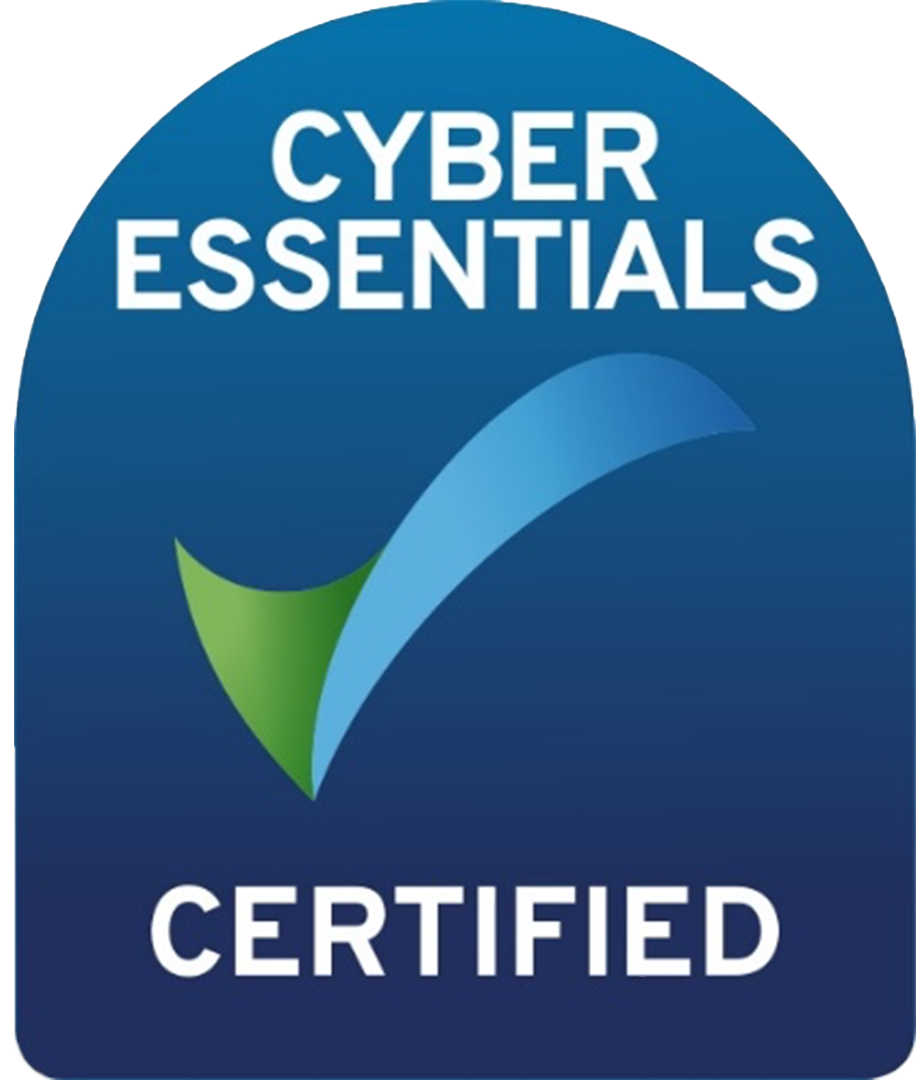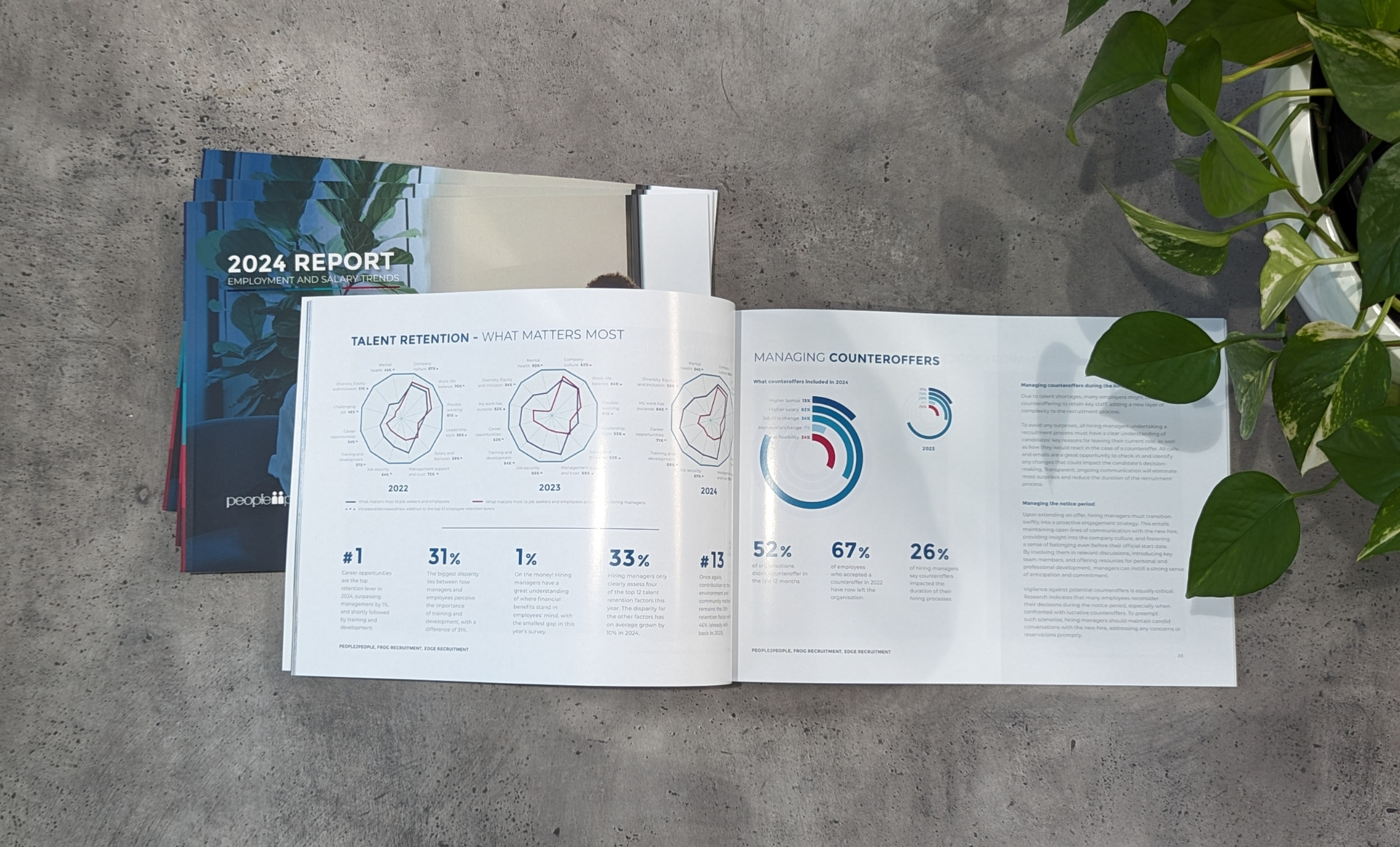Every year, the team at people2people from our offices around Australia get together to discuss what tactics we should be using to achieve the company strategy. This year, one of the interesting conversations was around how recruitment agencies, including people2people, present the resumes of the talent we represent. In the twenty years in which I have been in the recruitment industry, the way in which you present candidate resumes has changed remarkably. In the early 1990s, all of the resumes that I was presenting to clients were retyped and printed.
They were couriered to clients and presented in person. If you were a recruiter providing temporary staff, you would present the candidate's details over the phone. It was highly unusual to require a CV when filling a temporary assignment.
Over time, the fax machine meant that resumes were more commonly faxed, particularly for temp roles. During my time in London in the mid 1990s, a fellow antipodean was hired on a temp basis simply to send faxes of resumes the consultants had prepared. Faxing resumes led directly to the idea of a resume race, and recruitment agencies battling to have their candidate's CV in front of the client first. Interestingly, during my time in London, the resumes were not retyped; only a cover sheet was prepared, with a profile of the candidate and why they were right for the role.
After the fax, email was the new disrupter. By the late 1990s, clients were no longer expecting to have shortlists presented in person. Instead, the shortlist was emailed, and, over time, even the concept of a 'shortlist' was replaced with sending the resumes of candidates intermittently as and when they were sourced, rather than sending them with three other candidates concurrently. Technology and the ability to outsource the reformatting of resumes once again disrupted the recruitment process, and many agencies transitioned to a model where resumes were reformatted before they were sent to a client. At people2people, we opened our doors in 2005 and at first we provided a cover sheet and profile with the candidate's CV.
With new technology, we decided, in about 2007, to reformat our resumes. Now in 2015, we are considering once again to return to a cover sheet and the original CV. Many of our clients are now requesting original CVs, as it reveals a lot about the skills and personality of the candidate. Consultants are keen to improve the speed of response to clients and are considering only providing a cover sheet. Social media, particularly LinkedIn, has changed the expectations of which candidate details the clients wish to see.
What are your thoughts? If you were hiring staff, what would you like to see: a consistent format which makes it easier to compare each candidate or the original resume?
Share this article
Useful links
Search for jobs today
Temp Jobs in United Kingdom
Perm Jobs in United Kingdom
Got a vacancy?
What's happening in the market?
Get your copy of the 2024 United Kingdom Employment and Salary Trends Report
How do I prepare for my job interview?
Get in touch
Find out more by contacting one of our specialisat recruitment consultants across Australia, New Zealand, and the United Kingdom.
Recent insights



UK's 2024 Employment and Salary Trends Report
Salary trends, talent attraction and retention strategies
Copyright © 2024, people2people
people2people partners with
CarbonInvoice to measure and mitigate any carbon emissions associated with the work we do.
Specialisations
Locations
Resources




